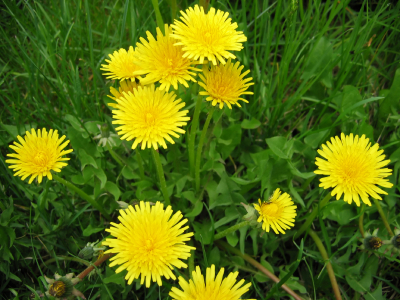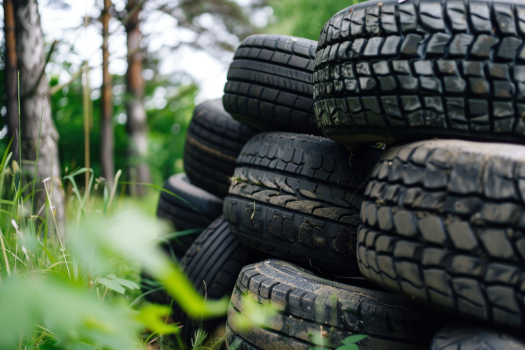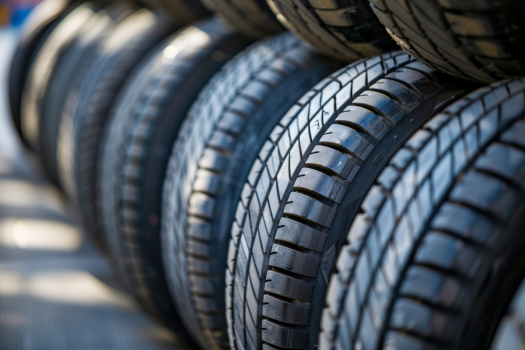Last Updated on April 21, 2024
From Raw Sap to Road-Ready
The Journey of Crafting Rubber Tires
Every journey, whether a short drive to the grocery store or an adventurous road trip, begins and ends with your tires. Rubber tires, although often taken for granted, play a pivotal role in ensuring your drive is smooth, safe, and efficient.
The world of rubber tires is a fascinating one. From the first moment raw materials are sourced to the final product hitting the road, there’s a unique story behind every tire’s creation. Dive in as we explore the intricate journey of how rubber tires are crafted, ensuring safety and smooth rides for all of us on the move.
The Origins of Rubber Tires
Rubber, derived from the sap of rubber trees, undergoes multiple processes before it becomes the robust material of your car’s tires. Initially, the sap is soft and sticky. However, through vulcanization, heated with sulfur, it transforms into the flexible yet strong material we associate with tires.
Why Rubber?
Rubber’s unique properties, like elasticity and abrasion resistance, make it the ideal tire material. Its flexibility ensures it can withstand the pressures and changes of various terrains, while its sturdiness ensures longevity and durability.
Rubber, as a material, boasts of unique characteristics. Its elasticity ensures the tires can endure bumps and potholes, rebounding without damage. At the same time, its durability means that these rubber tires can withstand long drives, wear, and tear, serving vehicles for years.
Manufacturing Excellence
The production of rubber tires is a blend of art and science. The process begins with raw rubber but incorporates several other materials like fabric and steel. These materials are layered, molded, and shaped meticulously to form a tire. The tread patterns are crafted to perfection, optimizing grip and water dispersion, ensuring safety even in challenging conditions.
Choosing the Right Rubber Tire
With countless options available, it’s crucial to understand your driving needs. Consider factors like the terrains you frequent, the climate of your region, and your vehicle’s specifications. For instance, winter tires crafted with special rubber compounds provide better grip and performance if you live in a region prone to snow.
With many rubber tires in the market, choosing the right one becomes vital. The key considerations are the terrain, vehicle specifications, and regional climate. Rubber tires with specific compounds are available for snowy areas to provide a superior grip.
Environmental Impact and Future
As the automotive industry leans towards sustainability, the tire industry isn’t far behind. The tire industry aims to reduce its carbon footprint by researching eco-friendly alternatives to traditional rubber and recycling methods. Brands are now introducing tires made from sustainable materials, ensuring performance doesn’t come at the environment’s expense.
The Art and Science of Crafting Rubber Tires
Making rubber tires is no less than an artistic endeavor backed by rigorous science. Starting with raw rubber, the process involves integrating fabrics and steel and layering them to give the tire strength and shape. The treads on these rubber tires aren’t random patterns but are carefully designed to optimize traction and dispel water, ensuring grip on wet roads.
Towards a Sustainable Future with Rubber Tires
The tire industry is increasingly leaning green. As sustainability becomes paramount, innovations in rubber tires focus on environmentally friendly materials and efficient recycling methods. The future promises rubber tires that deliver top-notch performance without compromising our planet’s well-being.
From Dandelions to Driveways: Bridgestone’s Sustainable Vision for Rubber Tires
Using natural plants as a raw material for rubber is not news, nor is the study of using the Russian Dandelion as a natural resource for rubber production. Since the 1930s, Russia has been researching the dandelion as a possible sustainable resource for rubber manufacturing.
However, the research and development were scratched after WWI, when the threat to the Hevea tree was diminished, and the prices were stabilized. This is our primary source for natural rubber production today. However, the market’s increasing demand for tires and to be a “greener” industry have brought the topic of alternative natural resources for rubber to light.
Bridgestone is researching and testing the raw material as a viable option for rubber tire production. Bridgestone is focusing on the Russian Dandelion to find sustainable, renewable, and stable raw materials for rubber production.
In the coming months, Bridgestone will continue to assess the raw material at its labs in Akron and Tokyo, with plans to perform larger-scale testing in 2014, as reported by Gizmag.
From printing on tires to airless tires, Bridgestone always keeps us interested in what’s next for the life of modern rubber tires.
Conclusion
Rubber tires are a culmination of human ingenuity and nature’s gifts. Every journey and every drive owes its smoothness to these marvels of craftsmanship. As they roll, grip, and tread, they do more than move our vehicles; they shape our driving stories.
Through the intricate weave of design, technology, and innovation, rubber tires have truly showcased their undeniable significance in our daily journeys.
As we unravel the layers of craftsmanship behind every spin, it’s evident that rubber tires aren’t just about motion—they’re about tradition, innovation, and safety. As roads evolve and journeys change, rubber tires remain constant, ensuring every ride is smooth, safe, and memorable.
Elevate Your Drives with Premium Rubber Tire from Tire Easy
Are you looking for top-grade rubber tires?
Tire Easy is your destination. Dive into our collection, find rubber tires that resonate with your needs, and elevate your drives. Experience the pinnacle of rubber tire craftsmanship with Tire Easy now!
FAQs
What is a rubber tire?
A rubber tire is a circular-shaped component made primarily from natural or synthetic rubber. They are designed to cover the wheels of vehicles, providing traction and cushioning to ensure a smooth and safe ride.
What is the use of rubber tires?
Rubber tires are essential for vehicles as they provide grip on the road, absorb shocks from uneven surfaces, and support the vehicle’s weight. Their design and material composition ensure safety, enhance fuel efficiency, and improve driving performance.
Is rubber used for tires?
Absolutely! Natural and synthetic rubber is the primary material used to produce tires. It offers the flexibility, durability, and resilience required for everyday driving demands.










